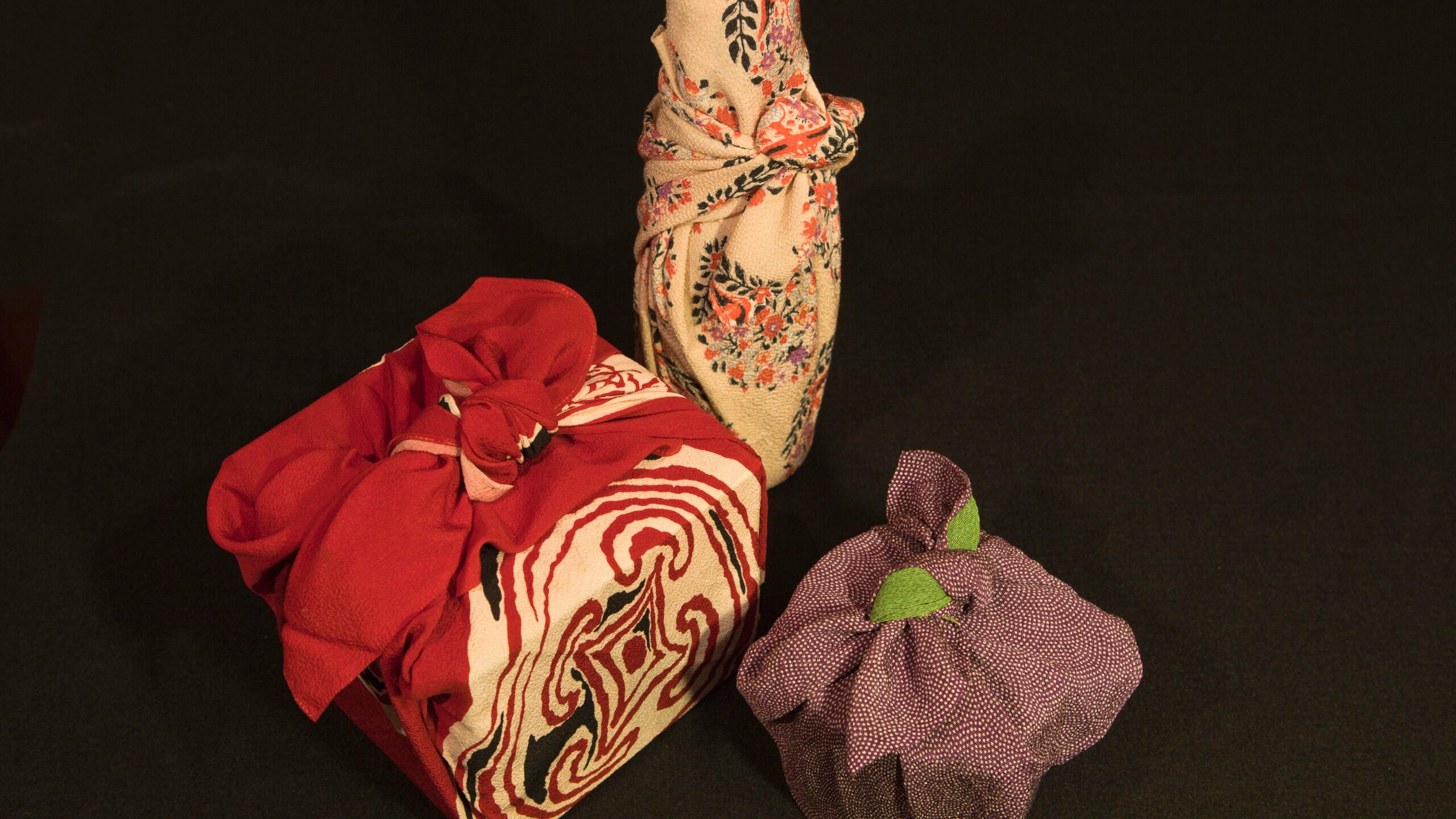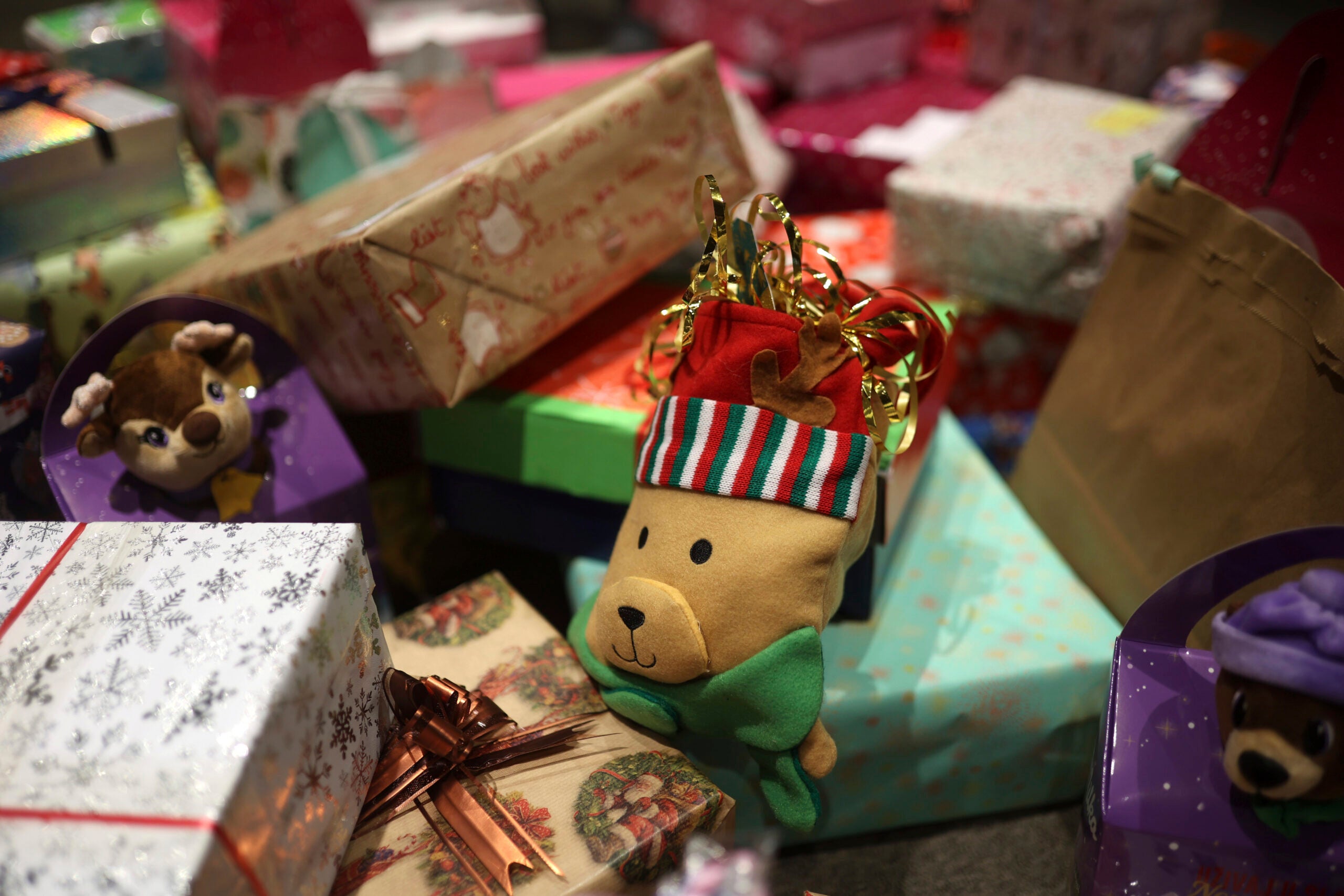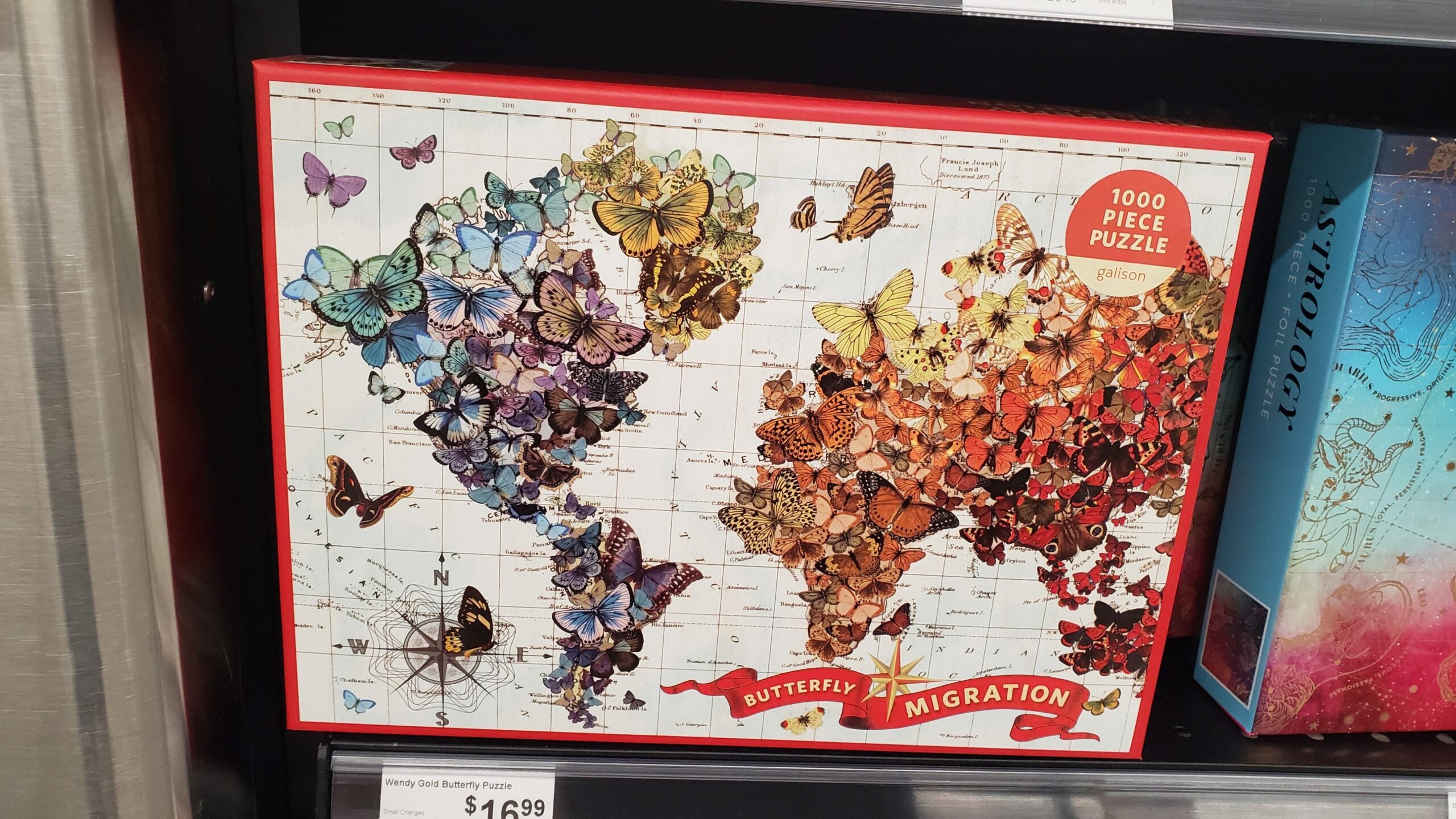Wrapping paper – that thing that makes our holiday gifts look so festive – has a landfill problem. If it’s shiny, metallic, or glitter-encrusted it’s not recyclable. And even recycled paper isn’t guaranteed to actually get recycled. But there’s an alternative, eco-friendlier option that some are turning to this holiday season: the Japanese art of wrapping packages in cloth, known as furoshiki.
Furoshiki refers to both the square cloth itself and the wrapping technique. The word doesn’t mean gift wrap or anything like it: “‘Furo’ of furoshiki is bath. ‘Shiki’ is a sheet,” says Irene Tsukada Simonian. She owns Bunkado, a gift shop in LA’s Little Tokyo, where she sells furoshiki cloth.
The practice dates back hundreds of years, when people started using cloth bundles to carry items to and from public baths. Eventually, it evolved into a wrapping art form.
News with a little more humanity
WPR’s “Wisconsin Today” newsletter keeps you connected to the state you love without feeling overwhelmed. No paywall. No agenda. No corporate filter.
People don’t just wrap presents with the cloth, but an endless number of small items like boxes, fruit, and books. When it was used to wrap gifts, Tsukada Simonian says traditionally, the furoshiki cloth would be returned to the gift giver to be used again and again.
The tradition went out of fashion as paper and plastic substitutes took off in the post World War II period. It’s something “you would see at grandma’s house,” says Tomoko Dyen, who teaches furoshiki wrapping technique in Los Angeles.
But recently, she says, it’s been regaining popularity. As more tourists have learned about it while visiting Japan, Dyen says it’s encouraged the next generation to “learn more about ourselves.”
At a recent furoshiki workshop at Craft Contemporary, a museum in Los Angeles, a dozen attendees sat around a table, watching Dyen as she held up a square piece of yellow fabric dotted with blue flowers. Japanese furoshiki cloth are often made from cotton or silk with a hemmed edge.
She oriented the cloth on the table in front of her like a diamond and placed a six inch cardboard box in the middle. The diagonal length of the fabric should be three times the width of the object being wrapped for the best results, she says.
The technique from there is similar to wrapping with paper, but instead of scotch tape and plastic ribbon to hold the folds in place, the fabric ends are tied in a square knot or bow tie on top. “Either way it’s kind of pretty,” says Dyen.
If people want to learn the technique, Dyen says, they can check out tutorial videos online. Books about furoshiki are also a great option, says Hana van der Steur, the retail director at Craft Contemporary who is Japanese-American and grew up watching her mother use furoshiki.
Furoshiki doesn’t necessarily require specific furoshiki cloth, says van der Steur. She stocks the museum store with imported Japanese furoshiki cloth including patterns with flowers, cats, and otters, but she says any piece of fabric, even old clothes, can work.
“You can just use any square piece of fabric; just cut it to size,” van der Steur says. “If you want … you can hem it. You don’t even have to do that – sometimes the raw edge is kind of nice.”
Some of the workshop’s participants showed up specifically hoping to learn furoshiki for holiday wrapping. But some say they walked away hoping to use it for much more.
Kristan Delatori attended with the plan to wrap her holiday gifts this way – but now she says she’ll bring furoshiki with her when she runs quick errands. “Being able to put a couple of these into my bag and always having something when I go to the grocery store or go shopping,” says Delatori. “I’m really excited.”
9(MDAyMjQ1NTA4MDEyMjU5MTk3OTdlZmMzMQ004))
© Copyright 2026 by NPR. To see more, visit https://www.npr.org.9(MDAyMjQ1NTA4MDEyMjU5MTk3OTdlZmMzMQ004))






